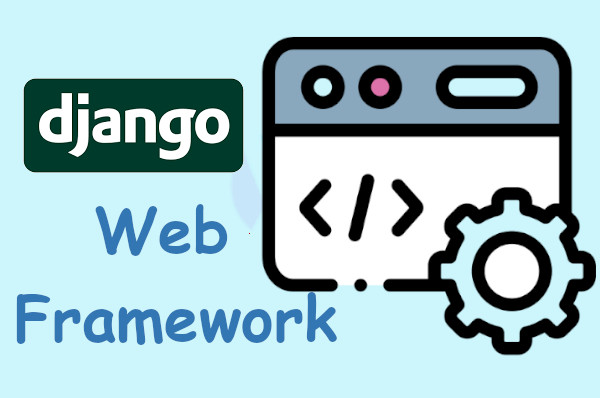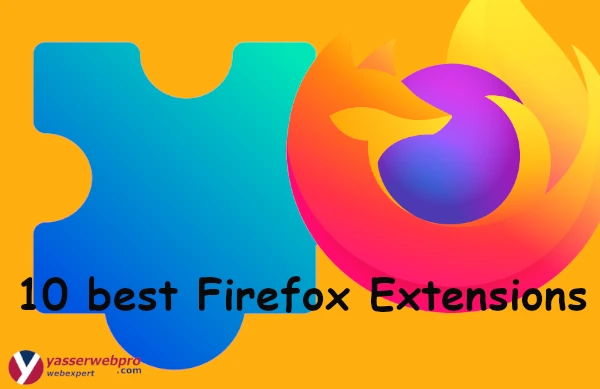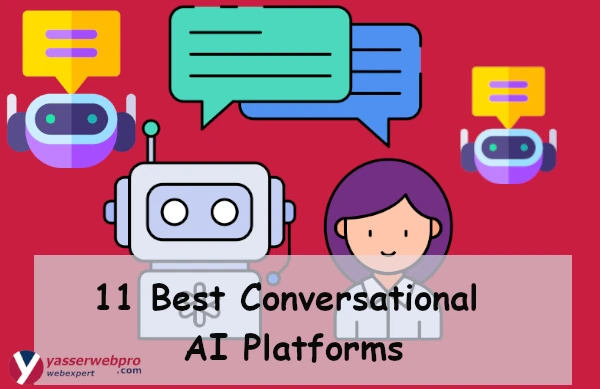The Reasons Why Django Is a Great Web Development Framework
A Brief Intro to Django Web Framework
Django is a free and open-source web framework, written in Python. It follows the MVC (Model-View-Controller) architectural pattern. Django focuses on rapid development with its prebuilt, pluggable modules.

What Makes Django a Superior Choice Over Other Major Frameworks?
Django is a free, open source web framework written in Python. It is designed to handle large projects with high-volume traffic, so it can be scaled horizontally. This framework is known for its ability to provide fast performance and stability, as well as being easy to maintain. Currently, many prominent companies are using Django including Instagram, Pinterest, Mozilla Firefox, and Uber.
Python is a general-purpose language that has become the most popular coding language in the world. It’s easy to learn and allows programmers to create powerful programs quickly.
Django Software Craftsmanship – A Philosophy of Building Quality Software with Friends and Colleagues
Django Software Craftsmanship is a philosophy of building quality software with friends and colleagues. It’s a way to work together on projects that have a high level of quality. This article will cover the design patterns in django framework, top 5 free open source projects using the django framework.
The Django Software Foundation is a 501(c)(3) non-profit organization dedicated to advancing open source projects related to Django, the Python web development framework. The Foundation provides support for the Django community through education, infrastructure and social programs.
Which companies are using Django currently?
The Django software is free and open-source, which means that developers are able to modify the code as needed. The framework has been used by many different companies over the past few years, including Instagram, Pinterest, and Mozilla.
Why You Should Use Django as Your Web Development Language of Choice?
Django is a high-level Python Web framework that encourages rapid development and clean, pragmatic design.
Django is one of the most popular web frameworks for building Python Web applications. It follows the MVC pattern. Django is written in Python, which means that it has all the benefits of being a dynamic language with a strong typing system.
Django’s main goal is to make the process of website designing easier by simplifying the developing of complex database-driven websites. Popular sites that use Django include PBS, Instagram, Disqus, Washington Times and Bitbucket. Mozilla also makes use of Django as their framework for making web pages.
1. KISS and DRF compliant
The KISS and DRF compliant application is a Django app that can be used to create a database for a website.
The app has been created with the intention of being easy to use for beginners. It also has a number of features that are useful for experienced developers.
2. Intelligent Templating System
An intelligent templating system is a software tool that automatically generates web pages from a template. It can be used to generate web pages for a website, blog, or other type of content.
The system uses data from the site’s database to create dynamic content and includes conditional statements so that it can generate different pages based on the user’s input. The templates are usually coded in HTML and CSS and often include JavaScript code for more complex features such as drop-down menus and interactive elements.
Intelligent templating systems are usually designed to work with specific databases such as MySQL or PostgreSQL, but some can work with multiple types of databases.
3. Powerful ORM
The Django ORM is an abstraction layer that makes it easier to work with the database. It provides a bridge between the relational database tables and models, keeping the hassle of maintaining and updating SQL queries. The ORM is an abstraction layer that makes it easier to work with the database.
4. Automatic Admin Interface
The Django framework has a built-in administration interface that allows you to add, edit, and delete data in your database. This is a web-based interface that makes it easy to administer your data without having to know SQL commands.
5. REST Framework
Django REST Framework is a powerful and flexible tool for building Web APIs. It lets you easily create highly customized, fully featured web services.
It provides a high-level interface for creating web APIs. It handles all the complexities of API design, implementation, and documentation so you don’t have to worry about them.
6. Safety and Security
There are many different types of security systems that can be integrated into a Django project. These include:
– Authentication and Authorization
– Password hashing and storage
– Cross Site Request Forgery protection
– Cross Site Scripting protection
– SQL injection protection
– Content security policy enforcement
– Security headers enforcement
7. Django Rationale
Django is a free and open source web framework written in Python. It is a well-documented, BSD-licensed web framework that encourages rapid development and has a large community of users. Django was created by the developers of the online news site “The Daily Beast”.
It’s worth noting that Django is not a full stack framework, meaning that it doesn’t include features such as an ORM or templating language. However, it does have an active community that provides these features as third party packages.
8. Models and Controllers
Models and controllers in django:
The models and controllers in django are the two components of MVC. The controller is responsible for taking input from the user, while the model is responsible for storing and retrieving data. The models and controllers in djangoproject provide a way to manage dynamic content such as blog posts or comments on a website.
Models in djangoproject:
The models in djangoproject are objects that represent information stored in a database. They can be queried to retrieve data, but not modified directly. Models can have fields that correspond to database columns, which are used to store data for the model’s corresponding table.
9. Templates and Views
The django project is a free and open-source web application framework written in Python. It is a model-view-template (MVT) framework, designed to build complex, database-driven websites.
Django is designed for rapid development of high-quality Web applications. It encourages the use of the model–view–controller architectural pattern which separates the data modeling from the user interface. This allows developers to make changes without affecting each other and reduces code duplication.
10. Migrations and Tests
Migrations are an important part of the Django framework. They provide a way to manage data changes that happen as part of developing and maintaining your application.
The django-admin command provides a number of commands for working with migrations:
migrate: apply all pending migrations, without asking for confirmation
unmigrate: reverse the effects of the most recent migration on the database and roll back any data changes it may have made, without asking for confirmation
check: show which migrations would be applied if you were to run migrate, allowing you to identify which ones need running manually.
We hope you enjoyed reading our blog post about why Django is a great web development framework. Django is a popular web development framework that is built in Python. We provided a brief overview of why it is a great framework to use and shared some of the benefits that come along with it. Thank you for reading and we hope to hear from you soon!




